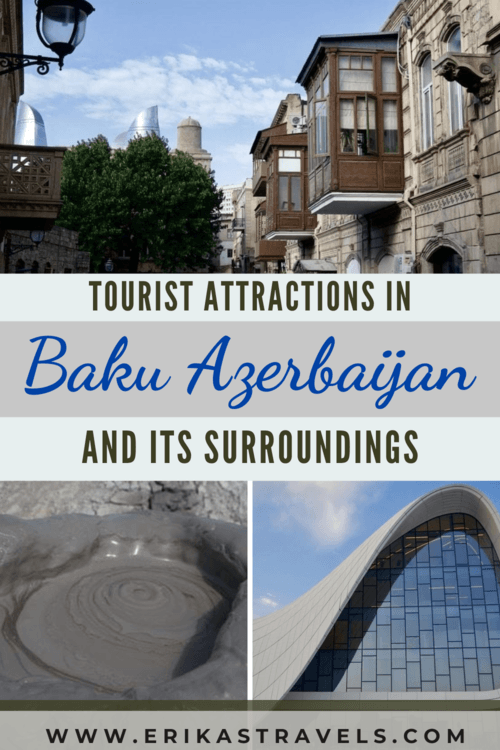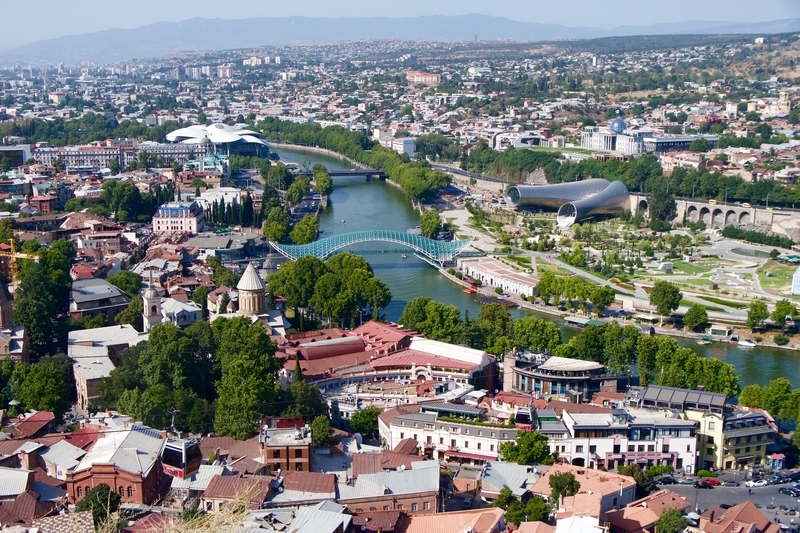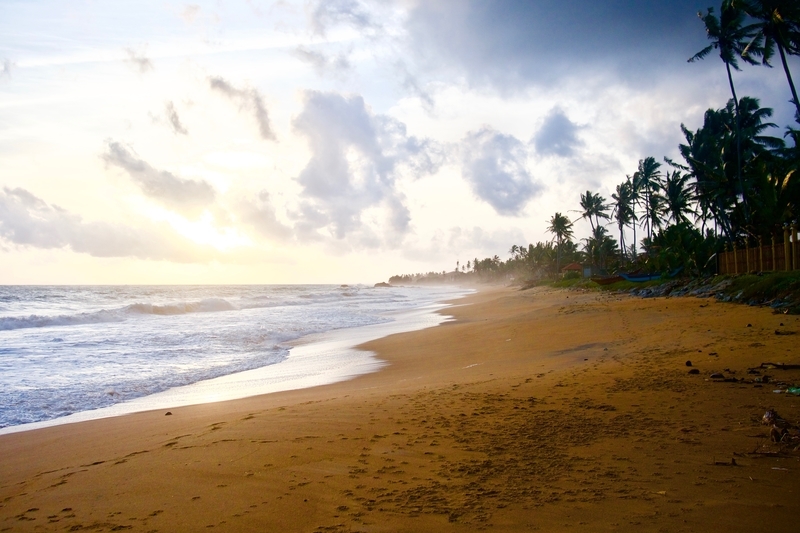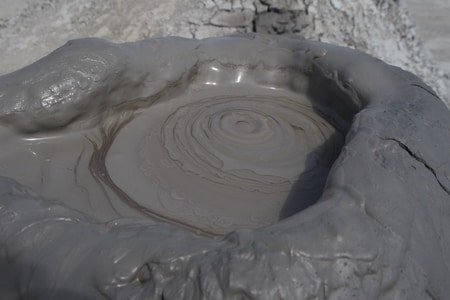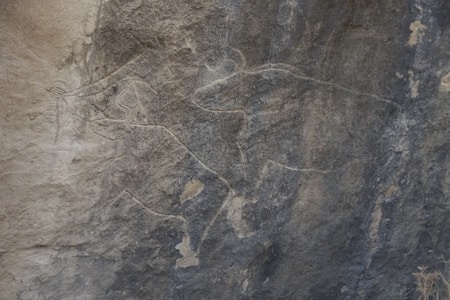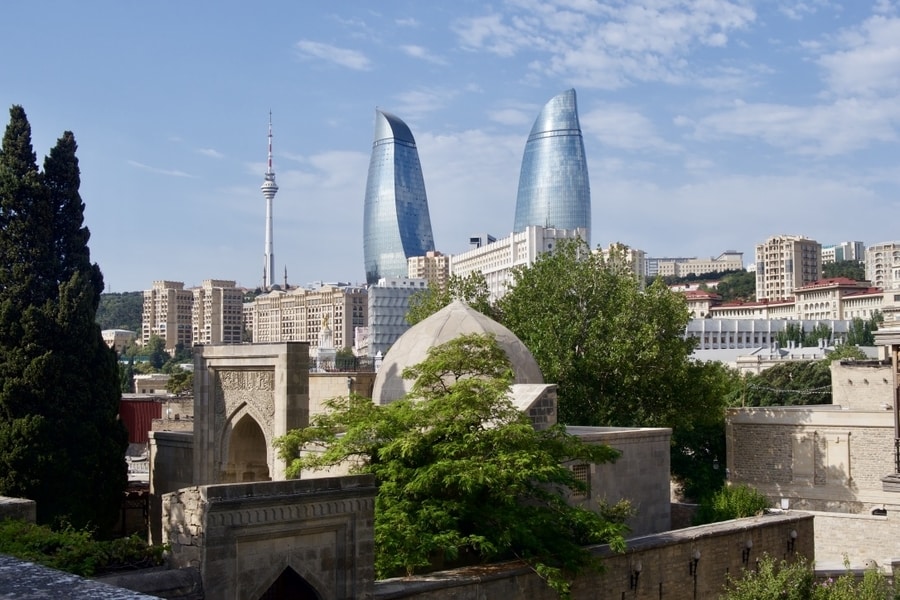
Two Days in Baku and its Surroundings
With one foot toeing the Middle East and the other set firmly in Europe, Baku Azerbaijan is a fascinating city of contrasts. Our trusty Lonely Planet guide described Baku as “the architectural love child of Paris and Dubai…with plenty of Soviet genes floating half-hidden in the background.” And, after two days of soaking in Baku’s flashy skyscrapers, its cobbled streets and its drab concrete high-rises, we found the description to be perfectly apt.
Baku is a true crossroads—culturally, geographically and architecturally—between East and West. The city’s historic core recalls influences of a Middle Eastern medina, while leafy pedestrian streets resemble European promenades. Outside Baku’s city center, concrete Soviet-style apartment blocks are interspersed with Dubai-like skyscrapers that rise from the surrounding desert in a flashy and dazzling fashion.
It is a booming metropolis that welds incongruous pieces of its past into a vibrant and futuristic cityscape.
TWO DAY BAKU AZERBAIJAN ITINERARY
Dan and I chose to spend two days in Baku, before taking an overnight train to Tbilisi in Georgia. We stayed at Mr Hostel—a friendly budget option nestled amongst leafy avenues near the center of town. Perfectly located in one of Baku’s most appealing neighborhoods, Mr Hostel sits just a stone’s throw away from the old town, the Bulvar Promenade, the Flame Towers and the pleasant Fountain Square.
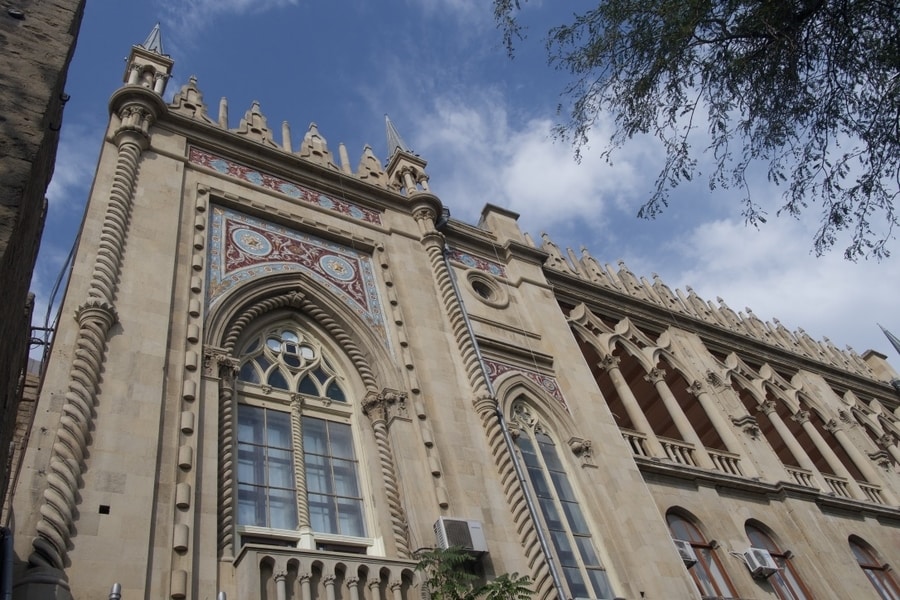
Over the course of our two day Baku itinerary, Dan and I allowed ourselves to be seduced by the contrasting charms of the surprising city on the Caspian Sea. We marveled at the city’s futuristic architecture, wandered the streets of its beautiful historic core, and enjoyed visiting the area’s bizarre and quirky geological wonders.
DAY 1: BAKU TOURIST ATTRACTIONS
During our first day in Baku, Dan and I explored Baku’s top tourist attractions. We began our itinerary in the city’s historic old town, and ended our visit at Zaha Hadid’s stunning and architecturally inspiring Heyder Aliyev Cultural Center.
With its mix of traditional and cutting edge architectural styles, Baku took us by surprise. We may not have started our visit with high expectations, but the futuristic city on the Caspian ended up being one of our favorite destinations in the Caucasus.
OLD TOWN BAKU
The heart of Baku is its old town—a maze-like quarter of the city contained within fortress walls. Also known as İçərişəhər, Baku’s old town has been designated a UNESCO World Heritage Site due to its well-preserved buildings that date back to the twelfth century. Once a stop along the Silk Road, this charming part of the city contains mosques and minarets and caravanserais. Its arched doorways and wooden balconies are prime examples of Medieval Azeri architecture. Its labyrinth of cobbled alleyways ooze with old-world charm.
Today, meandering through the well-preserved old town is one of the top things to do in Baku.
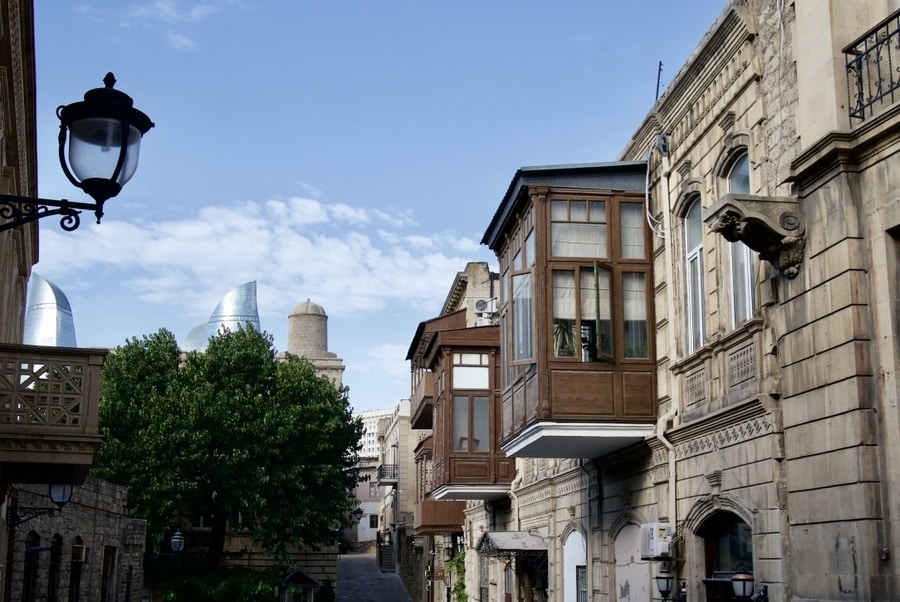
Beyond the walls of the old city, Baku’s three iconic Flame Towers soar above the surrounding buildings.
THE BAKU FLAME TOWERS
The Flame Towers—a trio of soaring skyscrapers—are Baku’s most recognizable landmarks. They rise above the cityscape and are visible from just about every corner of town.
The three flame-shaped towers symbolize the fire—an element that is sacred in traditional Azerbaijani society. Azerbaijan is a land of abundant natural gas, where flames literally shoot out of the earth in some places. It is also a divine symbol in the area’s Zoroastian tradition.
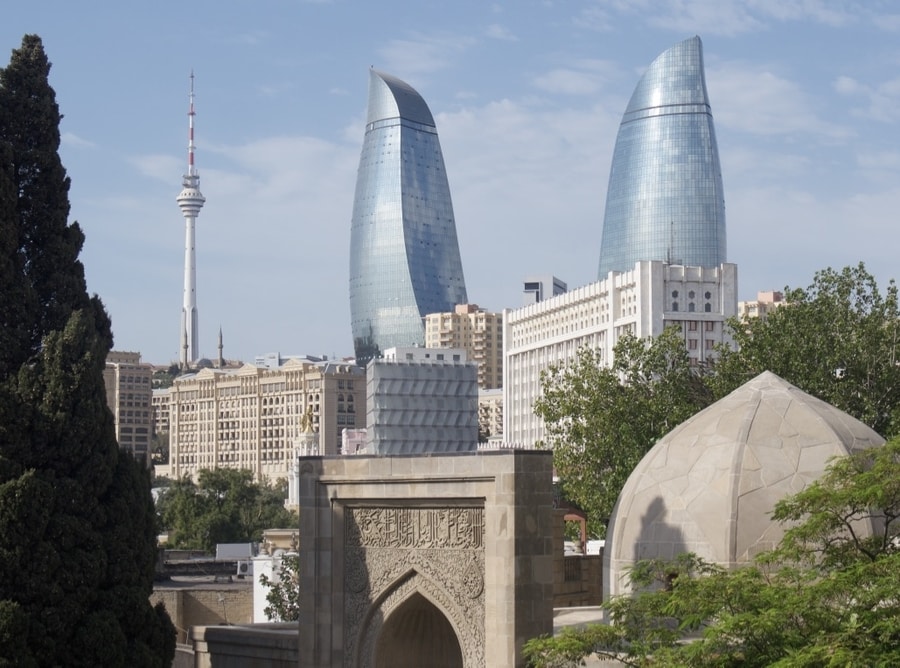
During the day, the three Flame Towers reflect the shades of the sky.
At night, their facades function as large screens that display flashes of color, advertisements, and national symbols.
THE HEYDER ALIYEV CULTURAL CENTER
The landmark Flame Towers may be Baku’s defining features, but I found the Heyder Aliyev Cultural Center to be the city’s undeniable highlight.
The Cultural Center was designed by prominent Iraqi-British architect Zaha Hadid. With graceful curves and asymmetrical lines, its design is a departure from the rigid Soviet-style architecture found outside of Baku’s historic core.
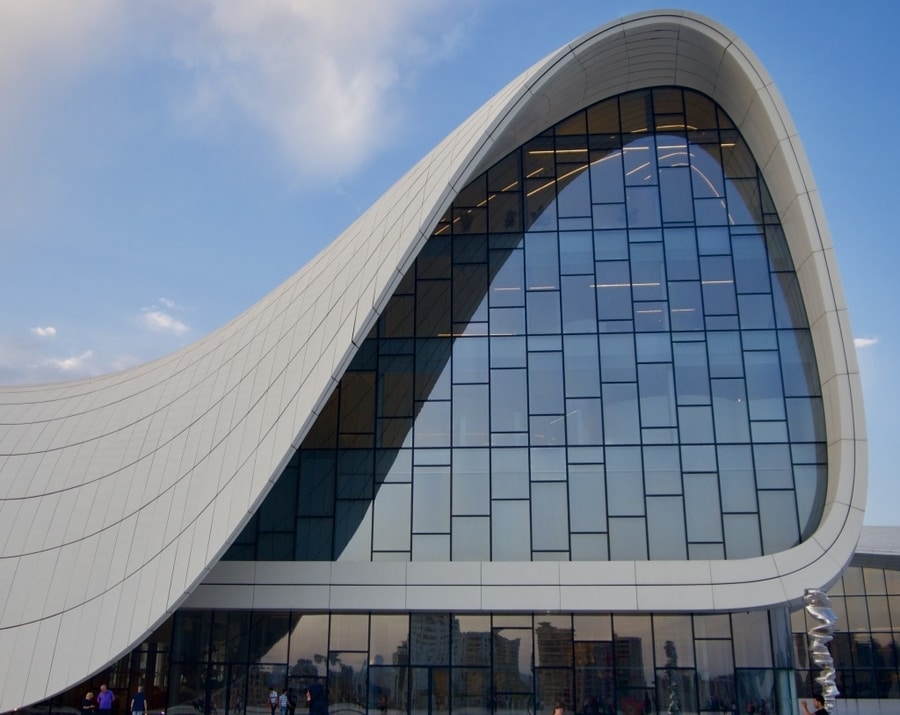
We visited the cultural center at sunset, in order to see the structure both during the day and at night. Originally, we thought a half hour visit might suffice. After all, we only intended to see the building’s exterior.
But Zaha Hadid’s contemporary masterpiece blew us away with its intricacy and design. Different from every angle, the Heyder Aliyev Cultural Center reminded me in many ways of the Sydney Opera House.
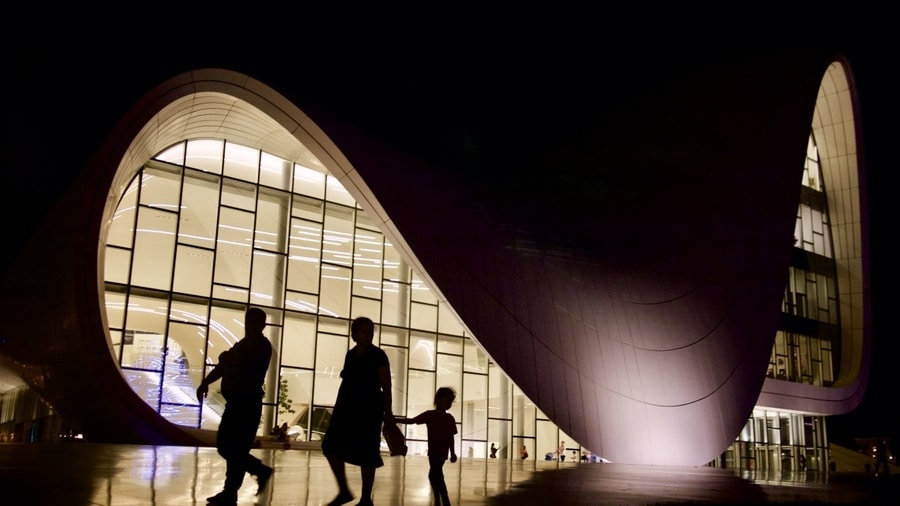
Needless to say, a half hour visit does not do the building justice. We ended up staying three hours and even debated returning the following day.
BAKU DAY 2: MUD VOLCANOES AND PETROGLYPHS
Outside of Azerbaijan’s flashy capital, oil rigs litter the bleak and rocky landscapes of the country’s eastern region. There isn’t much to see in this part of Azerbaijan, save for miles upon miles of yellowish rock and treeless hills.
Yet, this drab and inhospitable landscape is also home to one of the most geologically bizarre attractions I’ve ever seen.
-
THE AZERBAIJAN MUD VOLCANOES
On top of an unpromising rocky hill near the village of Alat, sit a weird collection of baby mud volcanoes. These conical mounds are constantly morphing, growing and erupting. They gurgle and ooze and spit cold mud in a comically flatulent manner.
Azerbaijan is home to nearly forty percent of the world’s mud volcanoes. These bizarre mounds of mud can be found throughout the country–though the desert to the southwest of Baku claims one of the world’s highest concentrations.
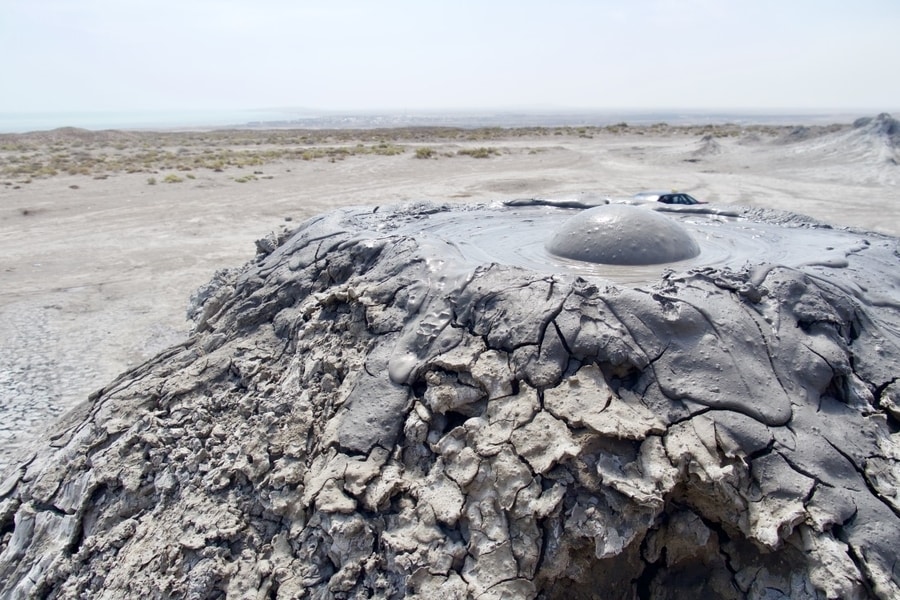
On our second morning in Baku, we organized a half day excursion to the volcanoes from our hostel. Combined with a visit to the ancient rock art at Qobustan, the mud volcanoes of Azerbaijan constitute a worthwhile day trip from the city.
-
QOBUSTAN PETROGLYPHS
Near the mud volcanoes, the Qobustan Rock Art Cultural Landscape sits atop a plateau that overlooks the Caspian Sea. With a collection of more than 6,000 rock engravings that date back nearly 40,000 years, Qobustan has been recognized by UNESCO as a culturally important heritage site.
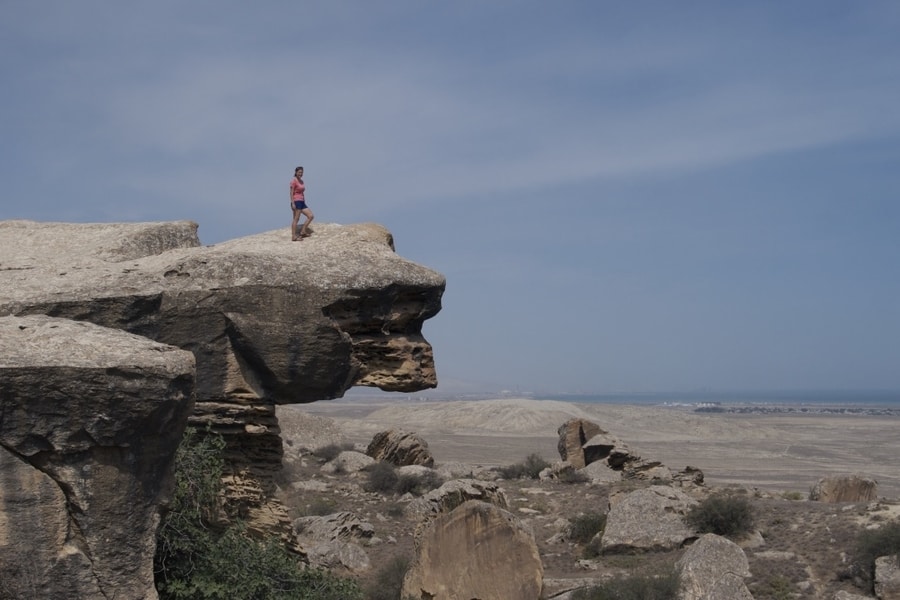
A small network of well-marked trails brings visitors to the ancient engravings. Along the path, various lookout points afford views of the sweeping arid desert and and the cobalt Caspian in the distance.
***
Though Dan and I spent only spent two days in and around Baku, we were captivated by what little we saw of the flashy, oil-rich city. We found Baku to be vivacious, friendly and culturally intriguing. In this largely Islamic city, we saw more miniskirts than hijabs and more bars than coffee shops.
Before visiting Azerbaijan, we found that people would often respond with confusion when we announced our plans to visit the oft-overlooked country on the banks of the Caspian. Even most of the intrepid travelers we met in Georgia and Armenia, seemed to skip over Azerbaijan entirely.
But Baku is an intriguing destination and there are enough things to see in Azerbaijan to justify a visit to the country. For in addition to boasting world-class architecture, bizarre natural phenomena and friendly locals, we found there are few places in the world where East and West, tradition and modernity, religion and secularism, blend together so seamlessly.
__________________________________________
Did You Enjoy this Blog Post on the Top Tourist Attractions in Baku and its Surroundings? Pin It!
